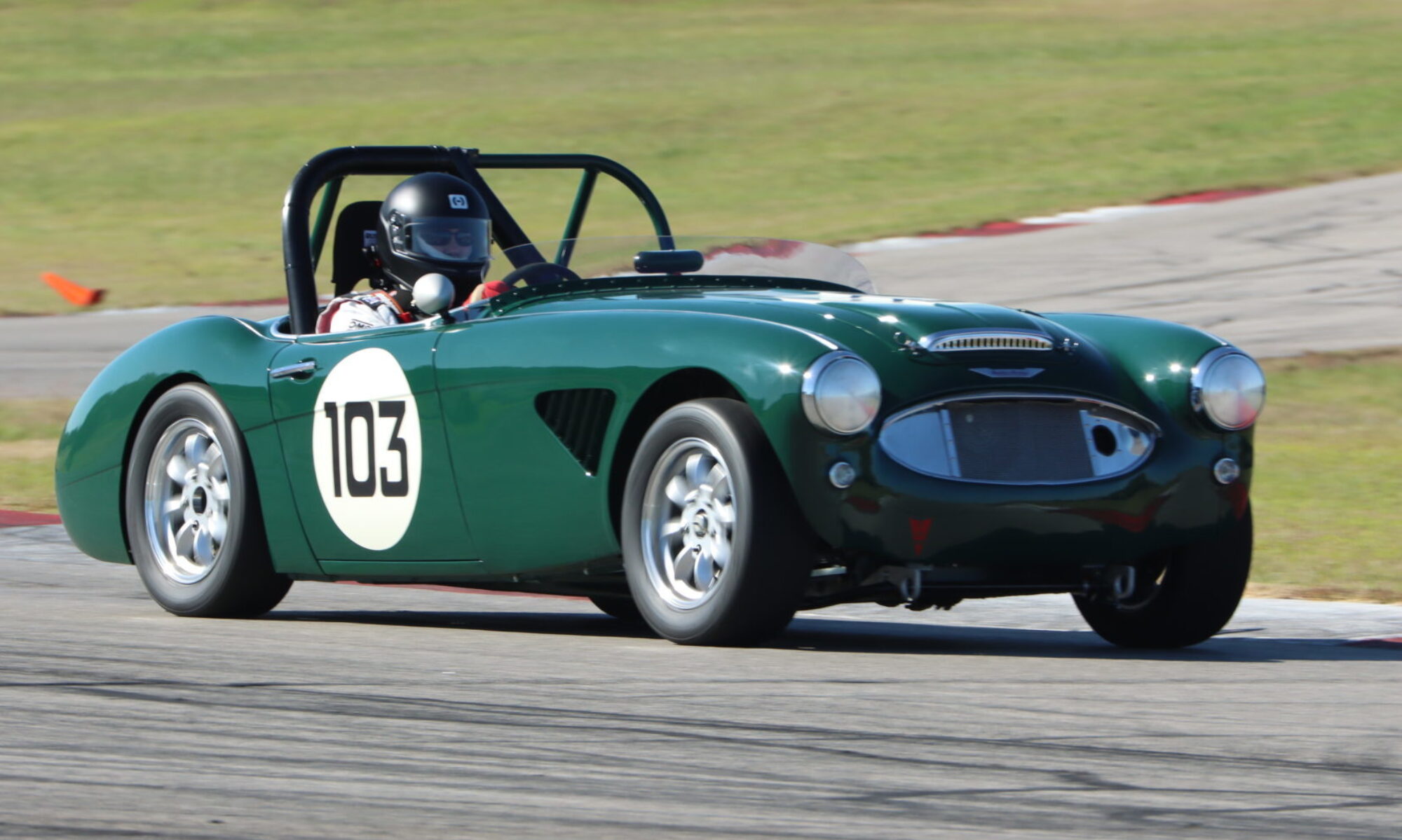The following is a preliminary investigation to determine the optimal hot tire pressure for Hoosier Speedster tires and an investigation into how to predict what cold tire pressure should be used to reach the optimal hot tire pressure. The preliminary answers to both questions can be found in the Summary Powerpoint Files section below. Links to helpful documents that I found along the way can be found in the Supporting Docs section.
A few interesting things to point out in the following figures.
- The Ideal Gas Law (IGL) can be used to predict what cold tire pressure to use but, when compared to observed tire pressures, there are differences that need to be considered.
- A regression equation based on observed data can be quite useful to predict what cold tire pressures to use.
- The IGL can be modified to more accurately reflect observed tire pressure data.
- The left front (LF) and left rear (LR) tire pressures and tire temperatures differ in their profile over pressure and temperature increases suggesting the need for different front and rear cold tire pressure settings.
The following graph shows the regression equations for the left front and the left rear tire that are based on actual data collected. Note that the front and rear tires exhibit different profiles in temperature and pressure gains for the LF and LR with the LR increasing in tire pressure much more slowly compared to the LF.
Are there any formulas that can help us predict the relationship between tire temperature and tire pressure? The Ideal Gas Law is intended for this purpose. The following graph shows the LR regression data from the first figure, the results of the IGL calculations at each temperature, and the IGL results after it was adjusted to better match the actual data.
The adjustment helps considerably at pressures up to what is ideal but diverges from that point forward.
The final figure shows the actual data and formulas for the LF.
The likely best approach is to adjust tire pressure based on tire temperature using the regression equation for front and back separately.
September 2024 Data and Update
I have been wanting to revisit the question of what cold tire pressure is correct to use to achieve a target hot tire pressure. You will recall in the above discussion it was recommended to use a regression equation. I have used the regression equation approach several times with pretty good effect. I was able to get within a few PSI of where I wanted but the approach seemed a little onerous.
In revisiting the main question, I plotted data from the all Austin Healey race at Road American on September 19. The two figures below show the left front and left rear tire pressure x tire temperature data for the the out and pace lap and all race laps. The data follow the same general pattern observed in prior data where the front tire achieved a slightly less tire pressure but a higher hot tire temperature compared to the left rear. This finding again suggests the rear cold tire pressure should be slightly lower than the front cold tire pressure.
The figure below shows the data output from the regression equations generated for the left front and rear tires.
In an effort to simply the approach I recorded several parameters for the left front and left rear tires (see table below). The interesting data was the percent gain in TP for both tires. This suggests at the track one could 1) simply take the cold tire pressure, 2) multiply it by the % gain, and 3) see what would be the hot tire pressure. If a the hot tire pressure value is too low compared to where you would like to be (e.g., 2 PSI), you could just add 2 PSI to your cold tire pressure value, and then fill the tire to that PSI. This is possible because the tire pressure and tire temperate increase for both front and rear are approximately linear.
Conversely, and a bit easier, determine the desired hot tire pressure and multiply that by the tire pressure loss % for the front and rear. I compared the % gains from this event and the data presented in the initial discussion above and they were remarkably similar, which suggests the results, and our ability to apply the % gain/loss approach, is acceptable.
| Left Front | Left Rear | |
|---|---|---|
| Cold Pressure | 21.3 | 22 |
| Cold Temp | 84.2 | 86 |
| TP Max | 27.6 | 29.2 |
| TT Max | 129.2 | 114.8 |
| Press Gain | 6.3 | 7.2 |
| Temp Gain | 45 | 28.8 |
| % TP Gain | 1.30 | 1.33 |
| % TT Gain | 1.53 | 1.33 |
| % TP Loss | 0.77 | 0.75 |
| % TT Loss | 0.65 | 0.75 |
Summary Powerpoint Files
- Optimal Hot Tire Temperature
- Cold Tire Pressure Prediction Part 1
- Cold Tire Pressure Prediction Part 2
Supporting Docs
- How to set tire pressures for racing and track days
- Hot tyre pressures – Whats an effective target range?
- How to set your racing car tyre pressures perfectly (every time)
- How to make a winning race car setup
- What tyre pressure for racing?
- How do I find the ideal pressures for my tires for driving on track?
